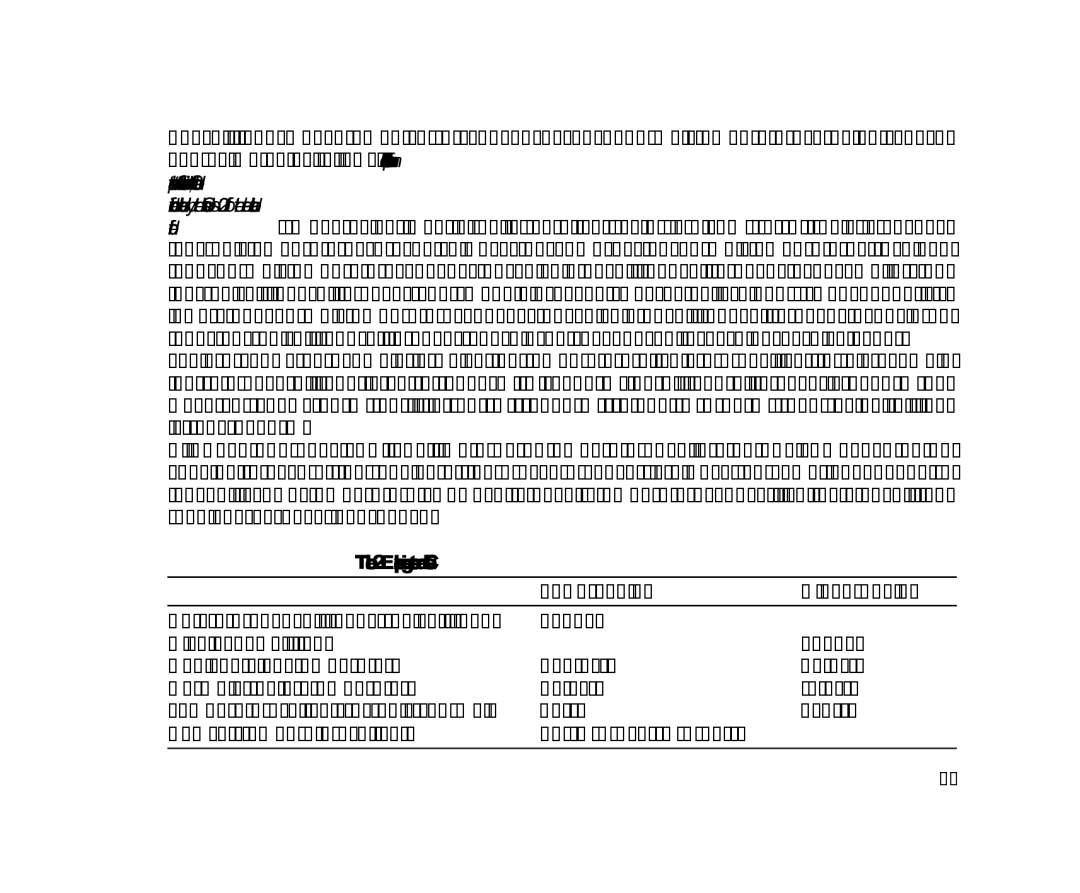The altitude measurement error caused by an abnormal temperature gradient can be approximated as follows. If the sum of the temperature offsets from the normal temperatures determined at two different altitudes is 1 ºC, the altitude difference calculated by the Observer is 0.2% off the real altitude difference (When using imperial units the offset factor is 0.11% / 1 ºF). This is because the real temperatures are not always the same as the normal temperatures. A higher than normal temperature causes the calculated altitude difference to be smaller than the real altitude difference (your mountain ascent was actually higher). Consequently, a lower than normal temperature causes the calculated altitude difference to be larger than the real altitude difference (you did not ascend quite as high as displayed).
Table 2 shows an example in which the temperature offsets are positive. In this example, the reference altitude is set at 1000 m. At 3000 m the altitude difference is 2000 m and Observer shows 80 m too little (20 ºC * 2000 m * 0.002/ºC = 80 m). Your actual altitude is thus 3080 m.
All Suunto products with altimeter are temperature calibrated. This means that at constant pressure, the reading of the pressure sensor is always the same independent of the unit’s own temperature. However, the air temperature can still effect the altitude readings as described above.
Table 2. Example using meters and Celsius
| Lower | point | Higher point |
Set reference altitude (real altitude) | 1000 | m |
|
Displayed altitude |
|
| 3000 m |
Real outside temperature | +17.5 | ºC | +6.5 ºC |
Normal (table) temperature | +8.5 ºC | ||
Temperature offset (= real - normal) | +9 ºC |
| +11 ºC |
Sum of temperature offsets | +9 ºC + +11 ºC = 20 ºC |
| |
27
